Bat Flights at Kickapoo Caverns State Park
Tuesday, July 31st, 2018This is Passport to Texas
One of the least understood, but most fascinating, mammals in Texas is the Mexican free tail bat.
Most of us know of this small, brown flying animal because of the bat bridge in downtown Austin, which boasts the largest urban bat colony in North America.
The bats arrive in March, and through late summer, as the sun goes down, up to 1.5 million of them spiral into the darkening sky, heading east to farmers fields for their fill of insect pests. Their nightly emergence draws hundreds of spectators.
No less impressive—but in a more picturesque setting—is a colony of up to a million Mexican free tail bats that come to roost each spring at Stuart Bat Cave at Kickapoo Cavern State Park near Bracketville.
The bats migrate to the cave in mid-March, and usually stay through the end of October. Bat flights are stunning, and with an entrance permit, visitors can experience the majesty of their nightly emergence.
From time-to-time, visitors have remarked that a bat flew into them, bounced off and kept flying…on their way to dinner…with no harm done.
Find more information about Kickapoo Caverns State Park and Stuart Bat cave at Texasstateparks.org.
For Texas Parks and Wildlife…I’m Cecilia Nasti.
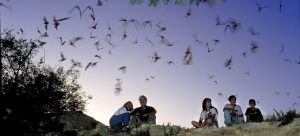

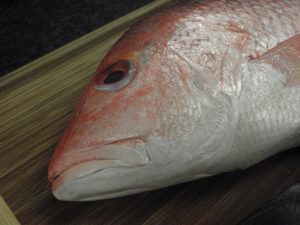
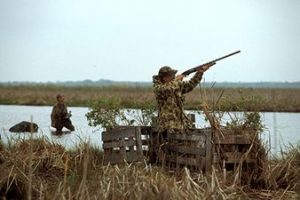
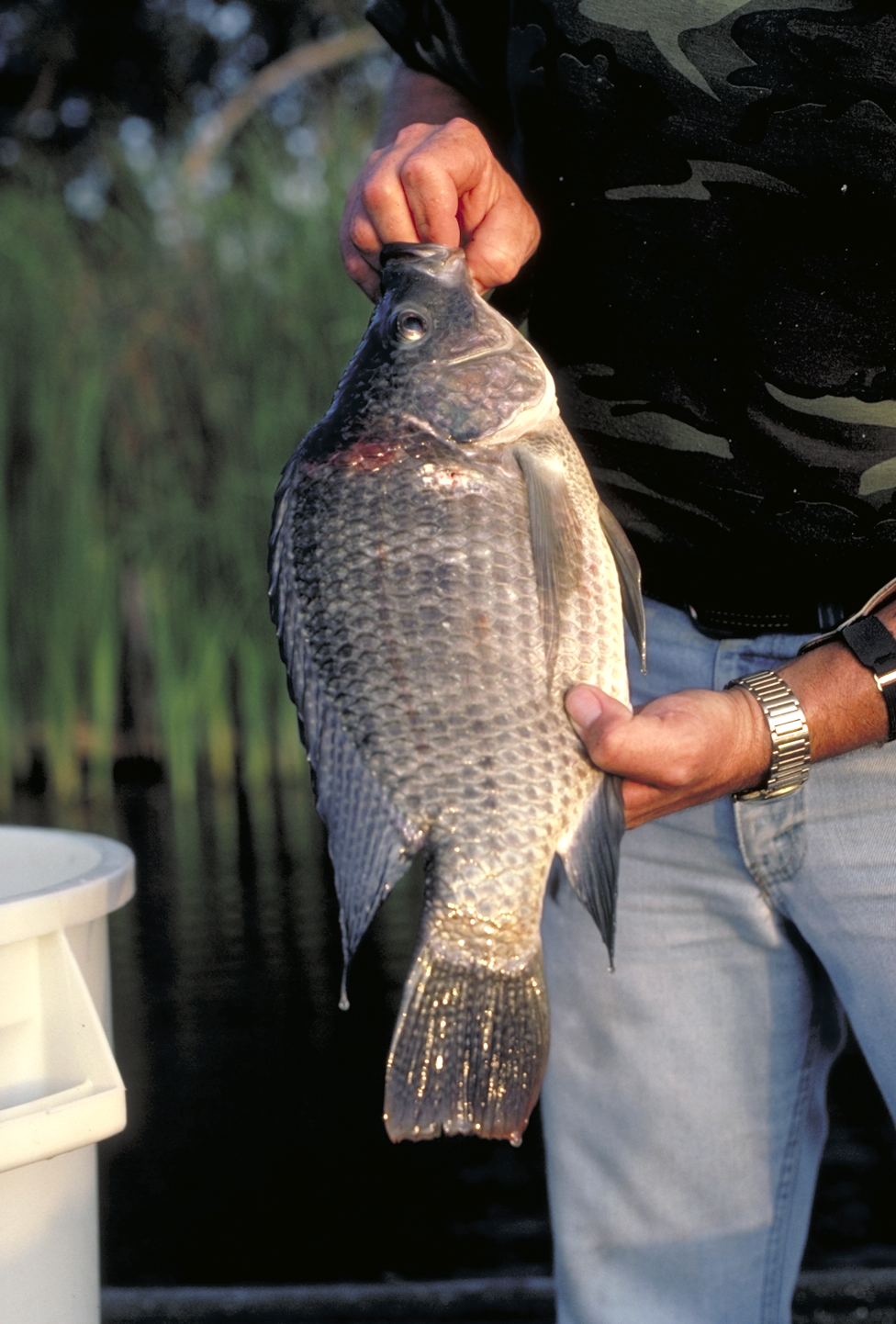
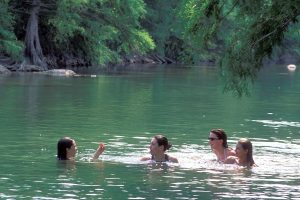

 Passport to Texas is a
Passport to Texas is a  Passport to Texas is made available by:
Passport to Texas is made available by: